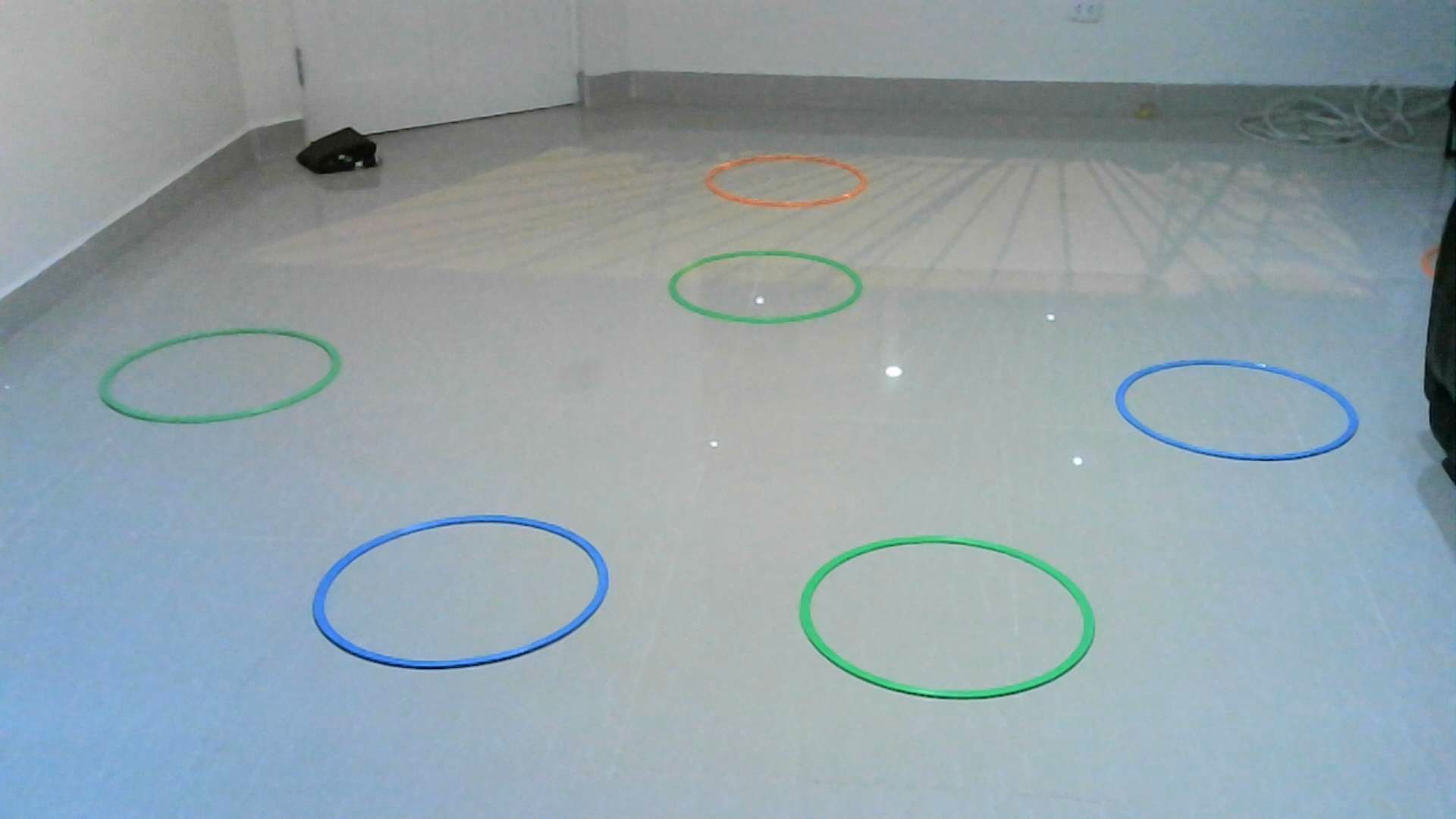Greetings from my living room couch
We bought the couch a few years ago as a luxury item, but now it sits as the lone, worn-out piece of furniture in a living room that can fit about 15 people. Normally I would be sitting across from the TV, but I could never hear it over the traffic outside, so we moved it into the bedroom. Now all I have is a 3x3 foot painting of a floral design on a 12 foot wall. If you stare long enough, you can see the outline of a dog who looks ready to play. We decided to add a little color to that wall by having the bottom half painted turquoise, but the painter only treated us to one coat of paint. An apartment made for comfort and prestige now boasts a squeaky reclining sofa, sloppy turquoise brush strokes on an empty wall, and a perpetual grand prix of motorcycles, buses, and delivery trucks in the street outside.

How is that for a description? What do these features tell you about the room, and about the world I live in? We planned our lives with high hopes, but so far have not accomplished much. You don’t see any tragedy, just short-term futility with a sense of humor. The scene doesn’t spell total defeat, but rather, “You’re not there yet.” Any other features that don’t describe the mood or build anticipation for the coming story don’t belong.
I can also tell a very positive story using the same setting. The room has a lot of charm. I use it as my personal home gym, with plenty of space for agility rings. We have really cool LED recessed lights that glow when you turn them off. The empty room gives an echo that makes music sound great. Even though we have a security door outside the building, the windows are covered with iron bars that I sometimes squeeze through in order to entertain my students during virtual classes.
This second description gives you a much different picture than before. Now you see a playhouse for a 45 year-old man-child, which doesn’t leave much potential for conflict to tell a good story.

When you tell a story, you want to choose the elements that establish the mood. In this case, we begin with setting. If you have a story where the setting matters most, pick only the details that support your narrative.
If the scene is cold, the temperature must play a role in the story. If you’re walking down a long desolate road, then that road must symbolize a long journey, or at least leave you with blisters on your feet. If it’s early in the morning, then the characters have to be tired, or the streets must be empty. The details of the setting must tell the story. If not, then you are only showcasing your writing ability at the expense of clarity.
If your audience has to memorize meaningless details, then they can’t follow the story.
Think of the two most successful horror movie franchises
Is there a movie called “Freddy Krueger Kills People?” No. It’s the picket fences of Elm Street that make the story so scary. Due respect to Eddie Murphy, the term Vampire in Brooklyn is kind of a redundancy in terms. Extra cool points if you caught that. Freddy’s rival, Jason Vorhees, needed seven sequels to finally reach Manhattan. Jason took most of his revenge at Camp Crystal Lake, a serene New Jersey summer getaway and his final resting place after he drowned at age eleven. As the song goes, “You’re deep in love, but you’re deeper in the woods.” The setting tells the story.
One more setting
Let’s take this back to the fitness world. Imagine you have an audience of two dozen personal trainers and want to share war stories from the gym. Every piece of equipment has a story behind it. Somebody tried to strip the plates one side at a time from the bar on the squat rack that was in front of a row of mirrors. Someone couldn’t step away from the dumbell rack for that all-important set of front raises. Another client insists on walking on treadmill number 17, even though it’s in front of the TV that has a fluorescent light directly above it. These little details are a story within themselves.
Your audience relates to you when you paint a familiar scene
To get some practice, take a look around the room that you’re in right now.
Open your notebook, or a Word document (I prefer to handwrite my ideas first), and describe everything around you. Use the opening paragraph of this article as an example. What would happen in an environment like this?
Write down everything that you see. Include the furniture, the lights, decorations, doors, windows, size, colors, and the noise. What do these details tell you? If you went to work tomorrow and told a story about something that happened in that same room, which features would help you tell the story? What would you leave out?
If you want a next-level challenge, go outside and try the same thing. Look at your property, your neighborhood, or even city. How can the backdrop enhance the story?
And now, the plug
In the FIT Presenter Master Speechwriting Course, we look in depth at setting, including examples from popular songs over the past 70 years. Think of "Under the Boardwalk" by the Drifters. The setting tells the entire story. On the boardwalk, we get the summer heat and the smell of hot dogs, and French fries. Meanwhile, under the boardwalk ... (photo not available).
You can find more uncensored examples of songs that tell a story through setting in the Master Speechwriting Course. I hope to see you there!
Editor's note: The snake-like object that you see at the end of the video is my belt, which got caught on the crossbar. I removed it and slid through the window. We did not, repeat, did not "finish the class" early.




